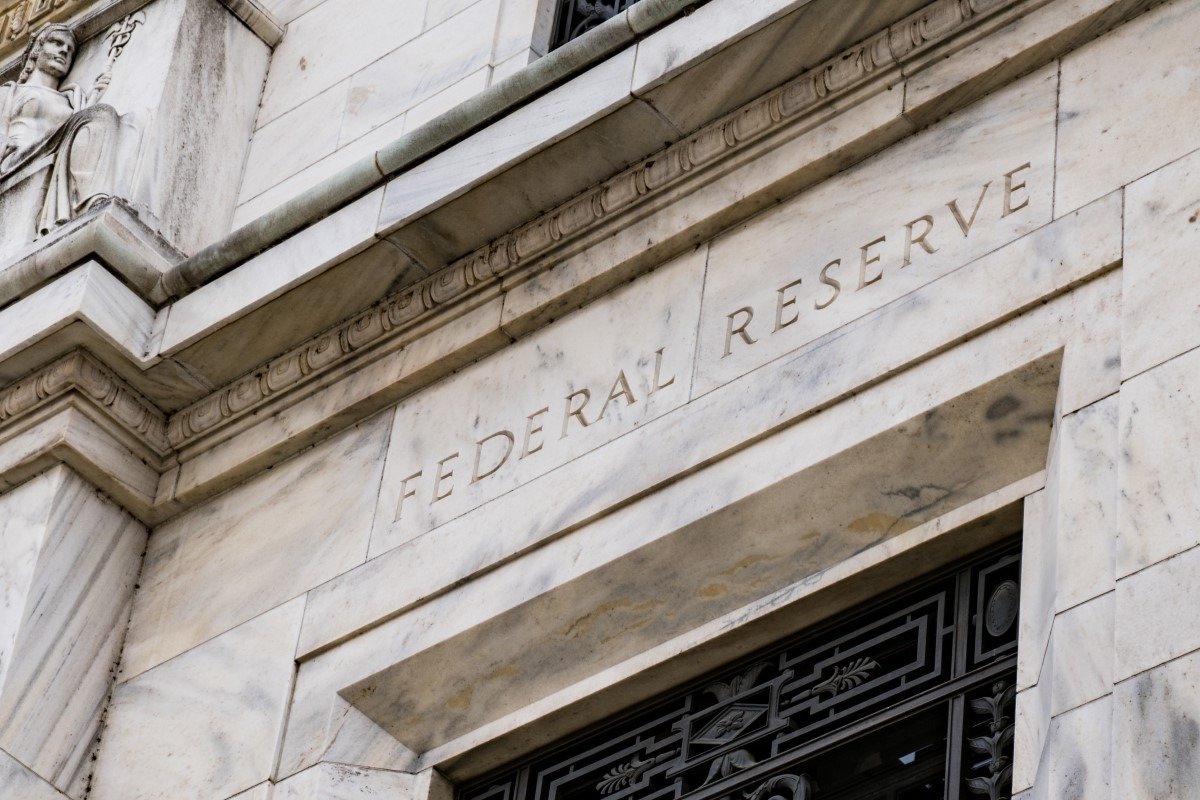United States households are having now more than $14 trillion of debt. It is the new record says the New York Federal Reserve this week.
During the last quarter of 2019, total household debt rose by $193 billion. It is continuing a five-year upward trend. In nominal terms, it now stands $1.5 trillion higher than the pre-recession peak reached in 2008 of $12.7 trillion.
Consumers are encouraged to spend, because of the unemployment rate historically low. Last year, Credit card debt rose by $57 billion.
Driving additional debt, low-interest rates are making mortgages cheap. In August, the average rate on a 30-year mortgage fell below 4%. IT was the first time in nearly three years. Since 2005 New leases, including refinancing, jumped to the highest volume seen.
Total household debt rose by $601 billion, year-over-year.
Last year and since then, the Federal Reserve slashed interest rates three times. Jerome Powell is the Chairman of the central bank. He signaled initial bank plans for this year for taking a wait-and-see approach.
On Capitol Hill this week, the Federal Reserve chairman told lawmakers that the United States economy is still the right place. Nevertheless, the policymakers will need to act as required to continue the longest-running expansion on record, now in its 11th year.
Topping $1.5 trillion, student loan debt also continued to rise in 2019. Nevertheless, its growth had slowed. Last year student debt climbed by $51 billion. It is well below the $114 billion increase reported in 2013. About eleven percent of the student loan debt was more than 90 days delinquent. It was about the same as it was during the previous quarter.
Debt and the United States
Nevertheless, delinquencies are rising faster for holders of credit card debt.

Wilbert Van Der Klaauw is the senior vice president at the New York Federal Reserve system. Wilbert Van Der Klaauw said in a statement that since 2016 transitions into delinquency among credit card borrowers have steadily risen, notably among the younger borrowers.
Thus, we can say that since 2005 the household debt tops $14 trillion as mortgage originations reach the highest volume.
Growth is seen in new credit extensions across the debt types; transition into delinquency continues to rise among credit card borrowers.
The New York Center’s Federal Reserve bank for Microeconomic Data issued today its Quarterly Report on Credit and Household Debt. It shows that in the fourth quarter of 2019, the total household debt increased by $193 billion (1.4%) to $14.15 trillion. That is marking the 22nd consecutive quarter with an increase. In nominal terms, it is now $1.5 trillion higher than the previous peak of $12.68 trillion in the 2008’s third quarter. The New York Federal Reserve’s Consumer Credit Panel bases the report. It is a nationally representative sample of a household- and individual-level credit and debts record drawn from anonymized data of Equifax credit.
The most significant component of household debt is mortgage balances. In the fourth quarter, it is rose by $120 billion to $9.56 trillion. In the fourth quarter, the Non-housing debt balance rose by $79 billion. Nevertheless, the United States government is feeling positive towards its economy. They have no doubt it will continue to strive and prosper.














